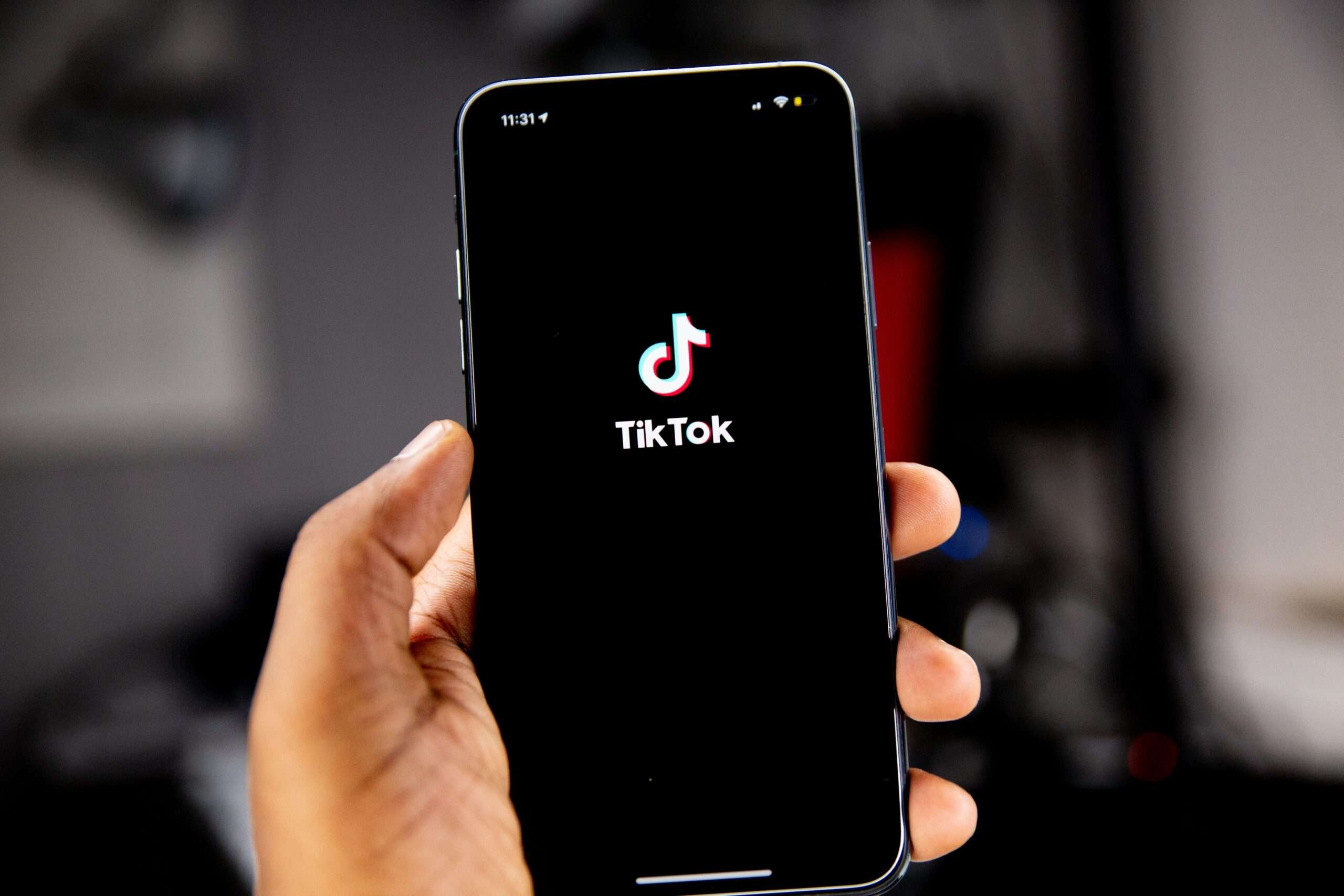Ex-employees are turning to a new tool to complain about their firms. Can companies afford to ignore these videos?
January’s layoffs went as smoothly as any the executive had ever seen. He’d forewarned staffers before Christmas that cuts would be coming; he had explained the business factors behind the decision and provided generous severance options. When it was over, he breathed a sigh of relief. So he was surprised when, a week later, the communications office forwarded him a TikTok video of a former employee complaining bitterly about her “callous” firing. Total views: 350,000 and climbing.
TikTok has long been perceived as frivolous by many in the global corporate world. But the platform is quietly maturing as a job-searching and career-advice tool—and, in the process, becoming increasingly impactful as a source of inside-the-company reporting. “TikTok is a megaphone that former employees can use, and companies obviously can’t control it,” says Richard Marshall, global managing director of the Corporate Affairs and Investor Relations Center of Expertise at Korn Ferry. “A groundswell can create reputational risk.”
Disgruntled employees formerly headed to sites like Glassdoor to anonymously air their grievances. Users understood that unhappy employees were likely to have a lot to say, so the site’s biggest impact was to encourage executives—who would read commentary there about their own companies’ cultures—to promptly launch reputation-management efforts.
Enter TikTok, a booming social-media video tool that now has 1.35 billion users. This month, ex-employees are re-enacting or emoting about—or sobbing over—their firings, for all of their followers to see. TikTok, because it’s engaging and believable, gives watchers the unique sense they’re getting the real story. “The old saying is, ‘If this were on the front page of The New York Times, would you be happy?’” says human resources expert Ron Porter, senior client partner at Korn Ferry. On TikTok, often the answer is no. “It’s not The New York Times,” Porter says, “and over time, even more people might see it, including job talent.”
Though social media is always evolving, a strong corporate-response strategy is old-school: proactive messaging alongside regular, consistent engagement with employees, says Peter McDermott, senior client partner in the Global Corporate Affairs and Investor Relations practice at Korn Ferry. Those communications are particularly critical during layoffs, when employees—if they’re going to feel any understanding or sympathy at all toward managers—need a clear explanation of what’s happening, and why. “Internal outreach efforts go a long way when things go south,” says McDermott. One good exercise is to brainstorm a list of actions companies can take to ensure employees leave feeling good. “Rather than walking away feeling burned, you want them thinking ‘That company paid for my degree, and I understand why they’re consolidating,’” says McDermott.
Rather than fearing negative TikTok videos, top-notch HR operations can use them as motivation. When a wide audience is sharing news about internal activities, Porter says, managers are encouraged to communicate clearly and deal with staffers fairly, as well as get training before making layoffs. “TikTok holds organizations to a bar they should be meeting anyway,” he says. One strategy is to survey recent posts by current and former employees, looking for complaints and accusations that recur. TikTok videos can often clarify what ex-employees don’t understand or believe. “They can point to internal practices that are poorly or inconsistently handled, or are unfair,” says Marshall.
McDermott also suggests that firms, at least in some cases, consider reviewing their legal protections from such videos. Nondisclosure agreements are typically part of severance packages and tend to apply less often to lower-level employees. Still, he says, such steps are a balancing act for firms: The best TikTok video from an ex-employee is the one that never gets made.
The article was first published here.
Photo by Solen Feyissa on Unsplash.

 5.0
5.0 
















